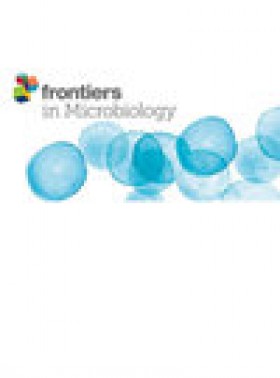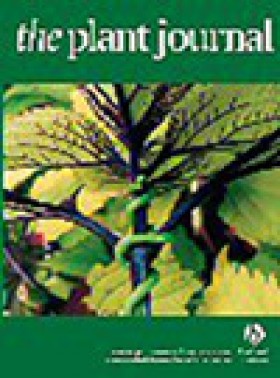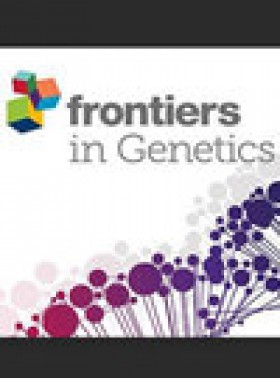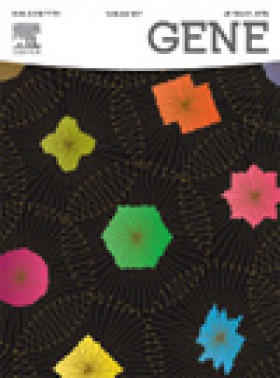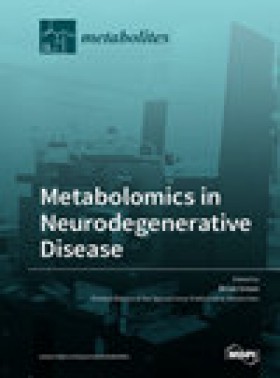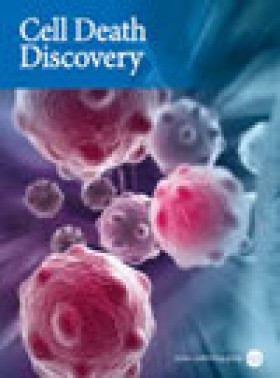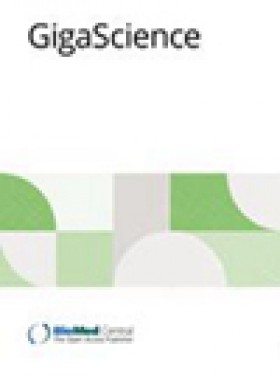Physics Of Life Reviews
Physics Of Life Reviews是一份国际专业期刊,致力于汇集全球范围内最优秀的生物学-BIOLOGY研究者,为他们提供一个展示最新研究成果、交流学术思想的平台。该期刊中文名称:生命物理学评论,国际简称:PHYS LIFE REV,在中科院分区表2023年12月升级版中大类学科位于1区。本刊是一本OA未开放访问期刊,该刊预计审稿周期: 约稿?周期不定 约1.4周。
- 大类学科:生物学
- 小类学科:BIOLOGY
- 是否预警:否
- 影响因子:13.7
- ISSN:1571-0645
- E-ISSN:1873-1457
- CiteScore:20.3
- H-index:52
- 出版语言:English
- 出版商:Elsevier
- 出版地区:NETHERLANDS
- 出版周期:Quarterly

